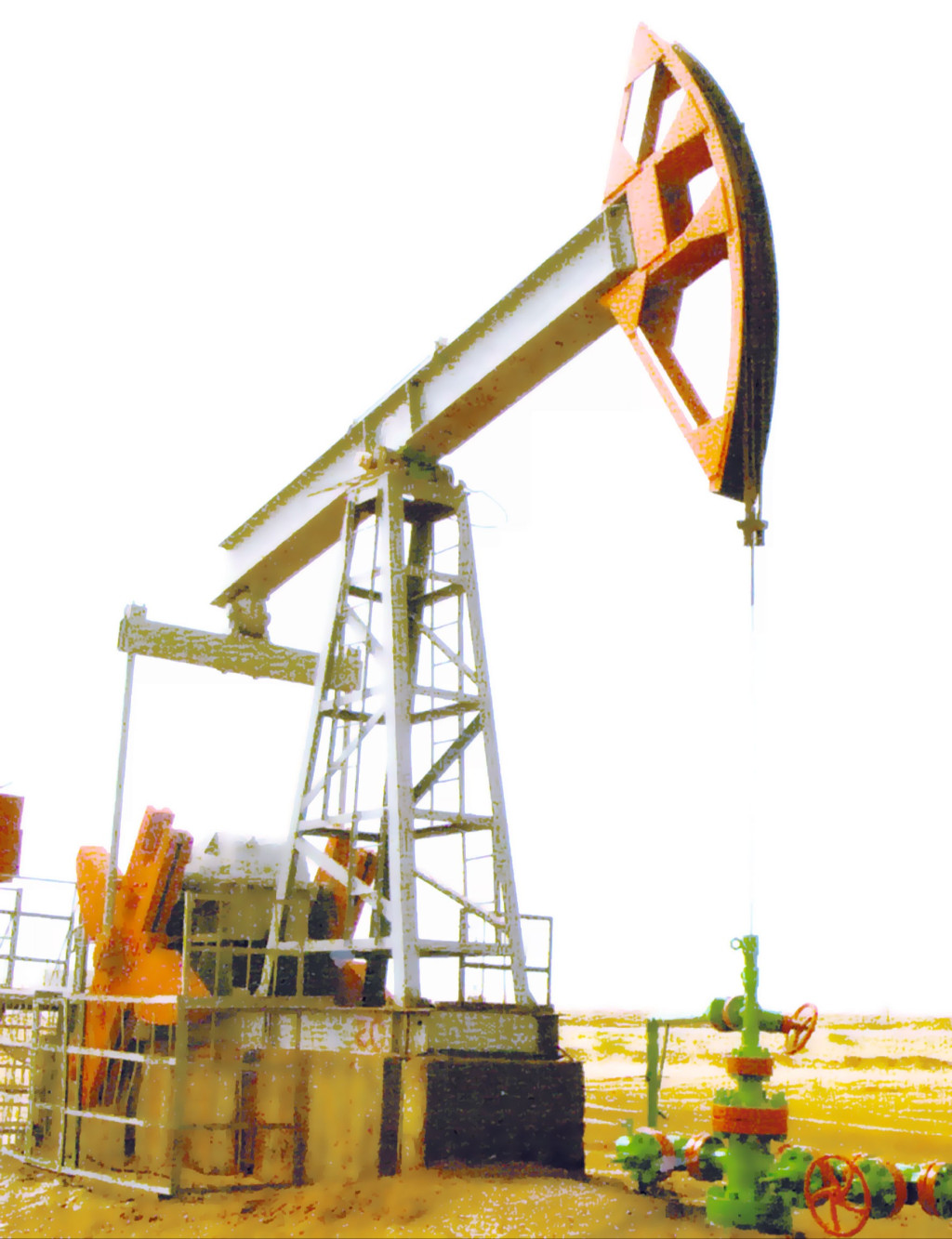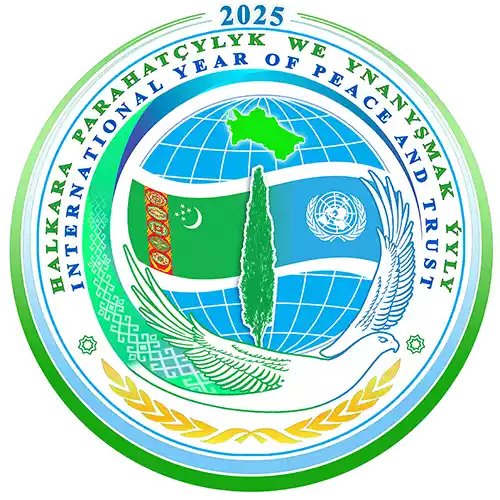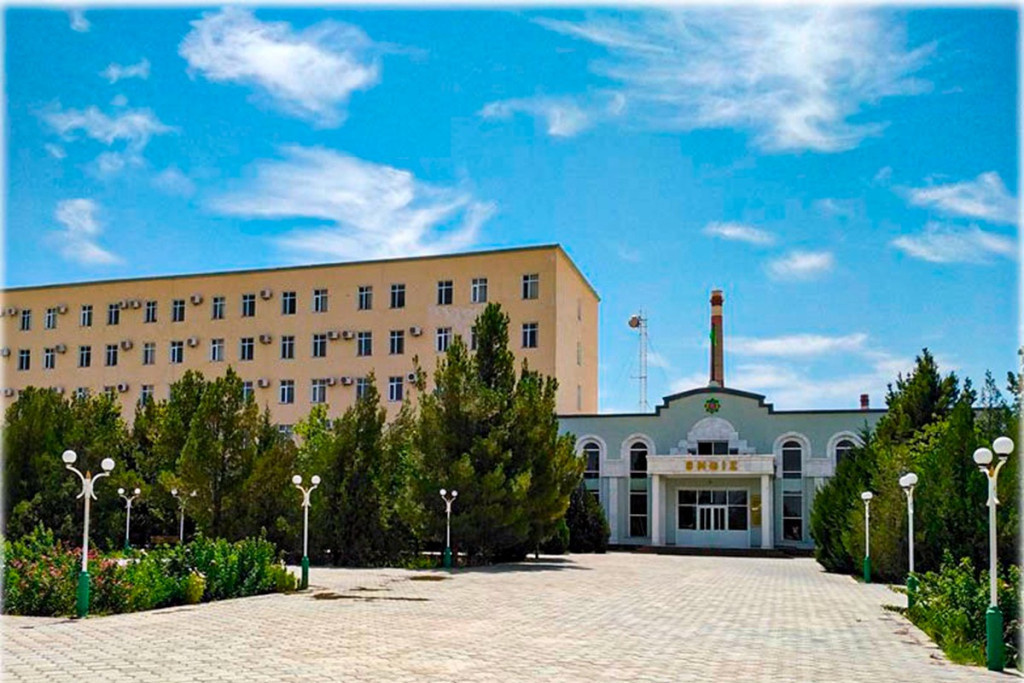
After the Cheleken oilfield, Nebitdag is considered one of the richest oilfields in Turkmenistan. On April 2, 1930, the presence of significant oil reserves at this site was confirmed. This discovery was made possible thanks to the scientific forecasts of academician I.M. Gubkin and his colleagues. The discovery occurred after the drilling of Well No. 11, which produced a powerful inflow of oil. It is known that the geologist I.M. Gubkin visited this oilfield three times on working trips — in 1931, 1933, and 1934.
At the initiative of the scientist, Well No. 13 was drilled. However, it did not reach its projected depth, as a reddish layer with a capacity of IIIA was discovered at a depth of 440 meters. This site became unique: the well produced over 110,000 tons of oil within 20 days, which averaged 5,500 tons per day. This is mentioned in the book "Oil of Turkmenistan: 100 Years". Thus, Well No. 13 entered the history of the Nebitdag oilfield. After Well No. 13, Well No. 52 was drilled, which at one time yielded up to 450 tons of oil per day.
According to accounts from experienced oil workers, oil from Well No. 13 flooded the oil industry with "black gold," forming a small oil lake at the site, from which oil was extracted for a long time. On February 3, 1933, 1,090 tons of refined oil products were shipped to Cheleken via railway platforms.
The unique feature of Well No. 13 is that it continues to operate to this day, generating profit. It is the oldest active well, producing 3.5–4 tons of oil daily, with an average water content of 65%. At present, the well operates using sucker rod pumps. The well is located in the first oil and gas horizon of the Nebitdag oilfield. Today, this well continues to bear the name "Well No. 13 Bis." The word "bis" in Latin means "continuously working," "unusual," or "special."
On March 21, 1935, oil expert F.P. Yezhov completed restoration work on Well No. 13, after which its daily production reached 500 tons of oil. Until 1983, the well operated using bucket methods, after which it was converted to sucker rod pumps (SRPs) and has continued to produce oil to this day.
Under the leadership of I.M. Gubkin, a group of scientists and local leaders actively discussed the future and significance of the Nebitdag oilfield. In February 1933, a decision was made to recognize the oilfield's upper red layer as industrially significant. The developed plan envisioned the drilling of 83 additional wells and an increase in oil production from 70,000 to 150,000 tons per year. By 1935, five completed wells began producing 400 to 500 tons of oil per day. At that time, Nebitdag ranked among the top three oilfields in terms of reserves and productivity across all oilfields.
In his notes on the Nebitdag oilfield, I.M. Gubkin stated:
"The Nebitdag oilfield will become one of the largest and most widely developing oilfields, and we will not limit ourselves to discovering just one oilfield here; we will establish an entire oil region."
As noted by Saparmyrat Artykov, a senior researcher at the "Nebitgazylmytaslama" Institute of the State Concern "Turkmennebit," today, when using subsurface pumps for well operation, it is necessary to carefully select both underground and surface equipment, taking into account their technical characteristics and operational parameters. The use of subsurface pumps is associated with certain challenges, which require regular measurements and research to optimize well performance. Based on the results of such studies, it is possible to select appropriate tools if paraffin, clay, or gas is present in the well, or to adjust technical parameters depending on the well's condition and the mechanisms in use.
Sucker rod pumps are one of the main methods of mechanized oil extraction. This method is based on the use of piston pumps operated by rod strings. The actual performance of pumps is always lower than the theoretical output. Saparmyrat Artykov notes that during the discharge stage, the performance may match or even exceed the theoretical figure.



